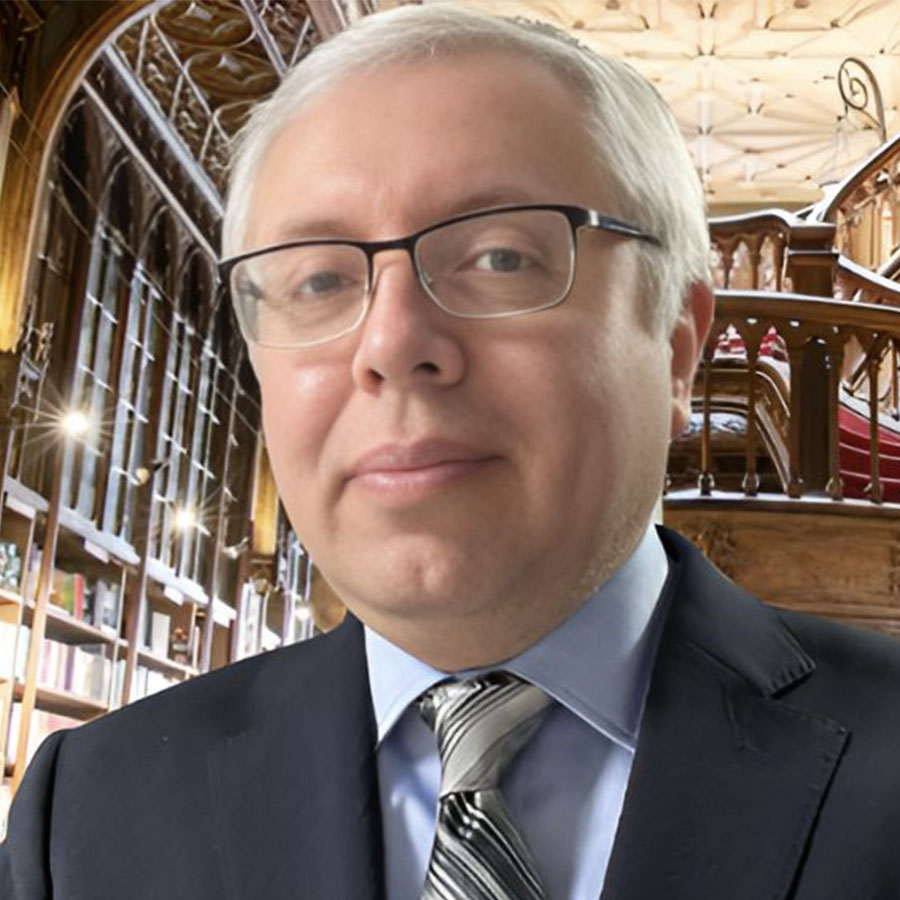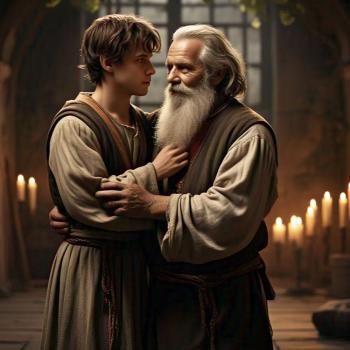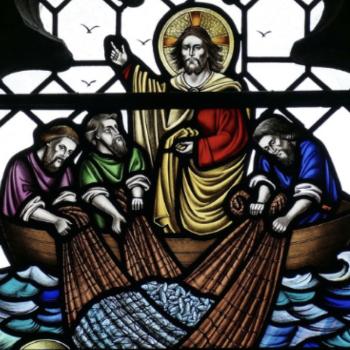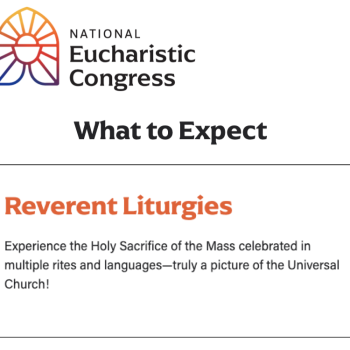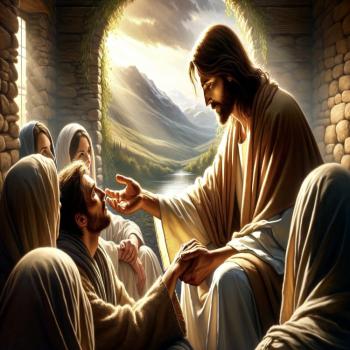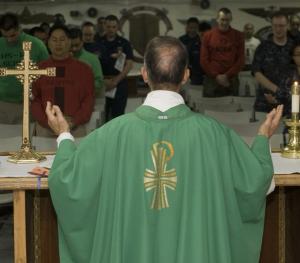
The Time of Easter concluded after the Second Vespers of Pentecost Sunday. We are back into the Ordinary Time. It always helps to understand the richness of this liturgical time, and how its liturgical celebrations are set in the calendar.
Christmas Time and Easter Time highlight the central mysteries of the Paschal Mystery, namely, the incarnation, death on the cross, resurrection, and ascension of Jesus Christ, and the descent of the Holy Spirit at Pentecost. The Sundays and weeks of Ordinary Time, take us through the life of Christ. This is the liturgical time of our personal conversion by living the life of Christ.
Ordinary Time is a time for growth in which the mystery of Christ is called to penetrate more deeply into history until all things are finally caught up in Christ.
Green is the traditional liturgical color throughout the Ordinary Time, except when a solemnity or the feast of a martyr is celebrated.
Ordinary Time, or “Per Annum” according to its Latin name, is divided into two parts:
1. The first part begins the day after the Feast of the Baptism of the Lord and continues until the beginning of Lent.
2. The second begins on the Monday following Pentecost and ends on the Saturday before the 1st Sunday of Advent.
It is, therefore, marked by two calendars:
- By the lunar calendar that marks Easter and, therefore, the beginning of Lent, the Time of Easter and its end at Pentecost
- By the solar calendar, which marks the duration of the seasons of Advent and Christmas, around the Solemnity of the Nativity of the Lord on December 25.
Counting the Weeks in Ordinary Time
Ordinary time consists of 33 or 34 weeks, depending on the year. They are counted as follows:
- The week in which the Baptism of the Lord is celebrated is the. The following weeks are counted in progressive order until the beginning of Lent.
- After Pentecost, there are two options that depend on the total number of weeks in Ordinary Time in a given liturgical year:
A. If there are 34 weeks in Ordinary Time are 34, the series resumes, after Pentecost, with the week that follows the one that was interrupted with the beginning of Lent. For example, if Ash Wednesday falls during the 5th Week in Ordinary Time, the day right after Pentecost Sunday will be Monday in the 6th Week of Ordinary time.
B. When there are 33 weeks of Ordinary time in a year, the week following the one that was interrupted with the beginning of Lent is omitted, and the series is resumed in the one that follows the one that was skipped. For example, if Ash Wednesday falls during the 5th week of Ordinary Time, the day right after Pentecost Sunday will be Monday in the 7th Week of Ordinary time.
Solemnities in Ordinary Time
In the second part of Ordinary time, that is, after Pentecost, there are some mobile solemnities that are celebrated on a different date every year. This is because they depend on the date of Pentecost Sunday, or on the end of Ordinary Time right before the First Sunday of Advent.
- The Holy Trinity solemnity is celebrated on the Sunday after Pentecost.
- The Solemnity of the Body and Blood of Christ, Corpus Christi, can be celebrated in two different days, depending on the country. Where it is a feast of precept (that is, a holy day of obligation), it is celebrated on Thursday after the Holy Trinity. In those countries where it is not a feast precept, it is celebrated on the Sunday after the Holy Trinity.
- The Solemnity of the Sacred Heart of Jesus takes place on Friday after the Sunday that follows the Holy Trinity.
- The Solemnity of Jesus Christ, King of the Universe is the last one in the year, and is celebrated on Sunday before the first one of Advent.
Mobile Feasts in Ordinary Time
There are three special feasts that aren’t celebrated on a specific date, but rather, on a specific day of the week.
- The feast of Jesus Christ the High and Eternal Priest is mobile, and takes place on Thursday after Pentecost.
- The Marian feast of the Blessed Virgin Mary, Mother of the Church, instituted by Pope Francis, is celebrated on the Monday after Pentecost.
- The Marian feast of the Immaculate Heart of the Blessed Virgin Mary, is celebrated on Saturday after the second Sunday following Pentecost.
Proper of the Mass and Readings
On Sundays of Ordinary Time, the corresponding Proper of the Mass is followed, as presented in the Roman Missal. Readings proclaimed in the Liturgy of the Word are the ones that correspond to each of the three liturgical years, either A, B or C.
On Sundays of this time, their normal ritual is only omitted if there is a solemnity, a feast of the Lord or the commemoration of a deceased faithful. Feasts of the Virgin and the saints, as well as memorials (optional or obligatory), are omitted that year when they fall on a Sunday.
For weekdays (from Monday to Saturday), there is no Proper of the Mass for each, so the one of any Sunday of Ordinary time may be used. Also, the proper of any saint, of the votive masses or of the masses for various needs may be used. The readings are established for each weekday. The First Reading and the Psalm vary in odd years (Year 1 in the Lectionary) and even years (Year 2 in the Lectionary), while the Gospel is fixed for every particular weekday.
When a solemnity, a feast or an obligatory memorial fall on a weekday in Ordinary Time, they take precedence and must be celebrated with their corresponding propers and readings. Optional memorials may be celebrated or not, at the discretion of the celebrant.


